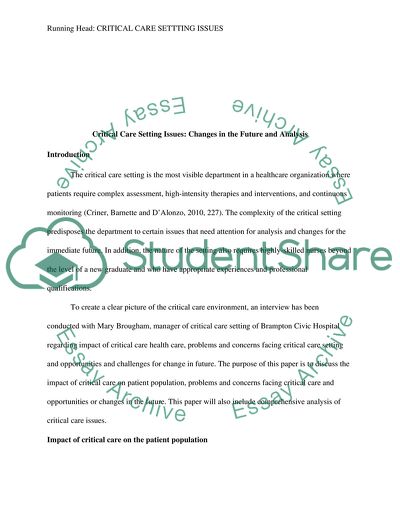Cite this document
(Not Found (#404) - StudentShare, n.d.)
Not Found (#404) - StudentShare. https://studentshare.org/nursing/1768159-critical-care-setting-issues
Not Found (#404) - StudentShare. https://studentshare.org/nursing/1768159-critical-care-setting-issues
(Not Found (#404) - StudentShare)
Not Found (#404) - StudentShare. https://studentshare.org/nursing/1768159-critical-care-setting-issues.
Not Found (#404) - StudentShare. https://studentshare.org/nursing/1768159-critical-care-setting-issues.
“Not Found (#404) - StudentShare”. https://studentshare.org/nursing/1768159-critical-care-setting-issues.


